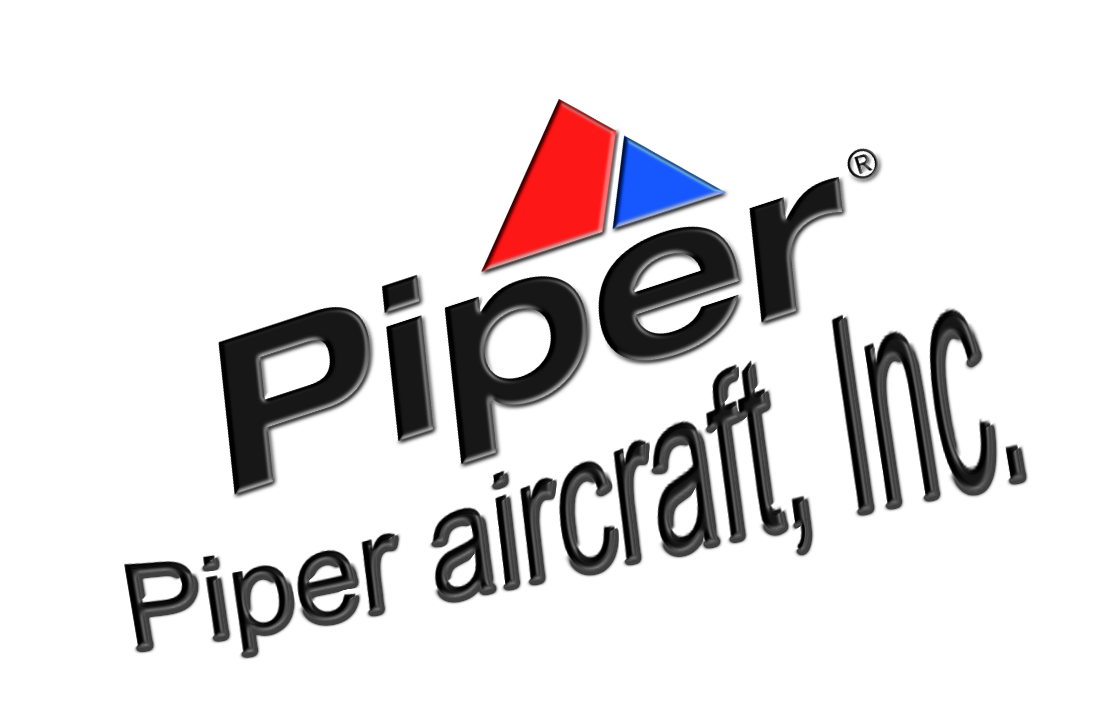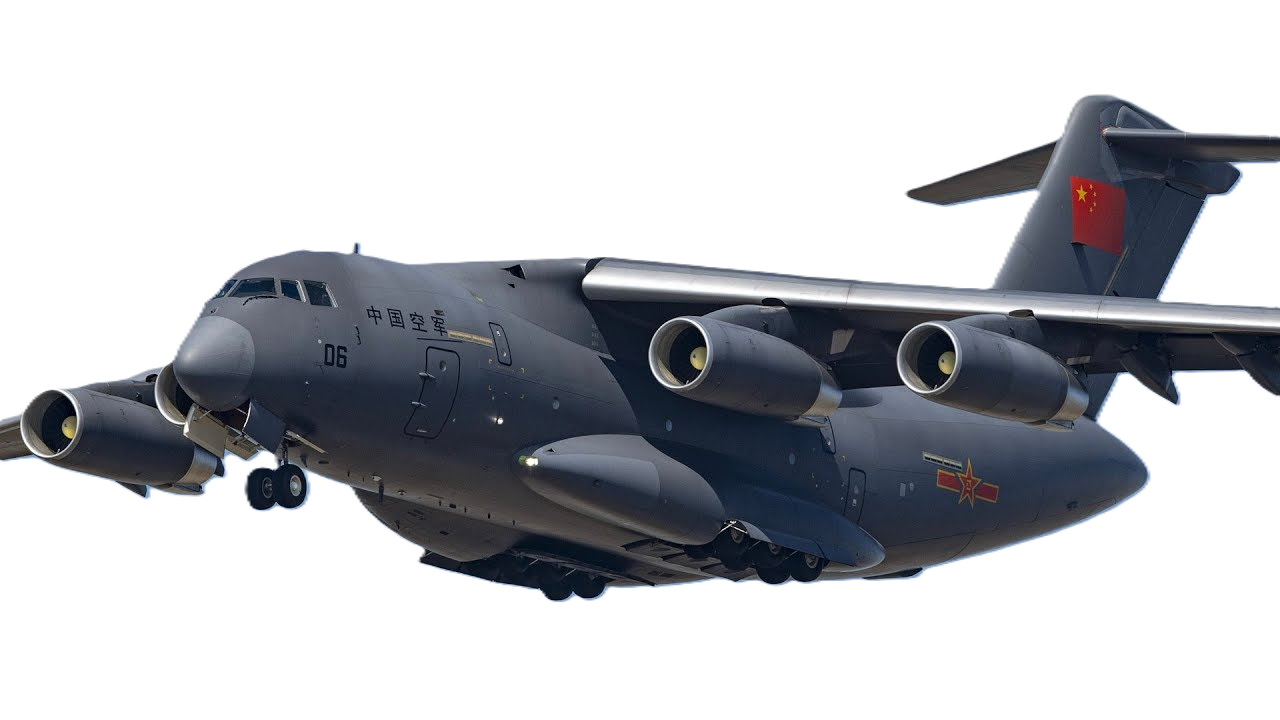Nakajima AircraftKi-84 Hayate "Frank"
|
|||||||||||||||||||||||||||
|
|
|
|
|
|
|---|
.
History Nakajima Aircraft
Ki-84 Hayate "Frank"
formal Japanese designation
Army Type 4
Fighter
Introduction date June 1944 First flight February 1943

The Nakajima Ki-84 Hayate (キ84 疾風, lit. "Gale") is a single-seat fighter flown by the Imperial Japanese Army Air Service in the last two years of World War II. The Allied reporting name was "Frank"; the Japanese Army designation was Army Type 4 Fighter (四式戦闘機, yon-shiki-sentō-ki). The Ki-84 is generally considered the best Japanese fighter to operate in large numbers during the conflict. The aircraft boasted high speed and excellent maneuverability with an armament (up to two 30 mm and two 20 mm cannon) that gave it formidable firepower. The Ki-84's performance matched that of any single-engine Allied fighter it faced, and its operational ceiling enabled it to intercept high-flying B-29 Superfortress bombers
-
Design and development

Prototype Nakajima Ki-84 with unique exhaust stack, similar to a Ki-43's Design of the Ki-84 commenced in early 1942 to meet an Imperial Japanese Army Air Service requirement for a replacement to Nakajima's own, earlier Ki-43 fighter, then just entering service. The specification recognized the need to combine the maneuverability of the Ki-43 with performance to match the best western fighters, and heavy firepower. The Ki-84 first flew in March 1943 and deliveries from Nakajima's Ota factory commenced the following month. Although the design was itself solid, growing difficulties in securing skilled pilots, proper fuel and construction materials, and adequate manufacture often prevented the aircraft from reaching its full potential in the field
Variants

The Tachikawa Ki-106, a derivative of the Ki-84 - Ki-84-a: Prototype.
- Ki-84-b: Evaluation model.
- Ki-84-c: Pre-production model.
- Ki-84-I Ko: Armed with 2 × 12.7 mm Ho-103 machine guns
and 2 × 20mm Ho-5 cannons in wings (most widely produced version). - Ki-84-I Otsu: Armed with 4 × 20 mm Ho-5 cannon. (Limited production run, may not have equipped a full Sentai)
0
KmCeiling
0
KmMAX RANGE
0
Km/hAircraft Speed
0
Max Crew
Photo Gallery
Nakajima Aircraft Ki-84 Hayate "Frank"
formal Japanese designation Army Type 4
Fighter
Introduction date June 1944 First flight February 1943


Nakajima Aircraft Ki-84 Hayate "Frank"
formal Japanese designation Army Type 4
Fighter Introduction date June 1944 First flight February 1943
General characteristics
- Crew: One
- Length: 9.92 m (32 ft 7 in)
- Wingspan: 11.238 m (36 ft 10 in)
- Height: 3.385 m (11 ft 1 in)
- Wing area: 21 m2 (230 sq ft))
-
Powerplant
- Empty weight: 2,660 kg (5,864 lb)
- Gross weight: 3,601.5 kg (7,940 lb)
- Max takeoff weight: 4,170 kg (9,193 lb)
- Powerplant: 1 × Nakajima Homare Model Ha-45-21 (or Models 11, 12, 21, 23 or 25) 18-cylinder air-cooled radial piston engine, 1,522 kW (2,041 hp) at sea level and 1,360 kW (1,820 hp) at 5,500 m (17,900 ft)
-
-
Specifications
- Maximum speed: 687 km/h (427 mph, 371 kn) at 7,000 m
- Range: 2,168 km
- Service ceiling: 11,826 m
- Rate of climb: 21.84 m/s (4,300 ft/min) at sea level
-
- 18.29 m/s (3,600 ft/min) at 3,050 m (10,010 ft)
Aircraft of comparable role
-
-
-
- 2 × 12.7 mm (0.5 in) Ho-103 machine guns in nose, 350 rounds/gun
- 2 × 20 mm (0.787 in) Ho-5 cannon in wings, 150 shells/cannon
- 2 × 250 kg (550 lb) bombs
- 2× 200 L (53 US gal) drop tanks
-
-
-
-
Links to Youtube & Others
After the war a number of aircraft were tested by the allied forces, two at the Allied Technical Air Intelligence Unit - South-West Pacific Area (ATAIU-SWPA) as S10 and S17 and a further two in the United States as FE-301 and FE-302 (Later T2-301 and T2-302).
Nakajima Aircraft
Ki-84 Hayate "Frank"
It was the Nakajima firm's own-designed 35.8-litre (2,180 cu in) displacement, Ha-45 Homare ("Praise" or "Honor") air-cooled eighteen-cylinder radial engine
Youtube Link
The first major operational involvement was during the battle of Leyte at the end of 1944, and from that moment until the end of the Pacific war the Ki-84 was deployed wherever the action was intense.











.png)


.png)